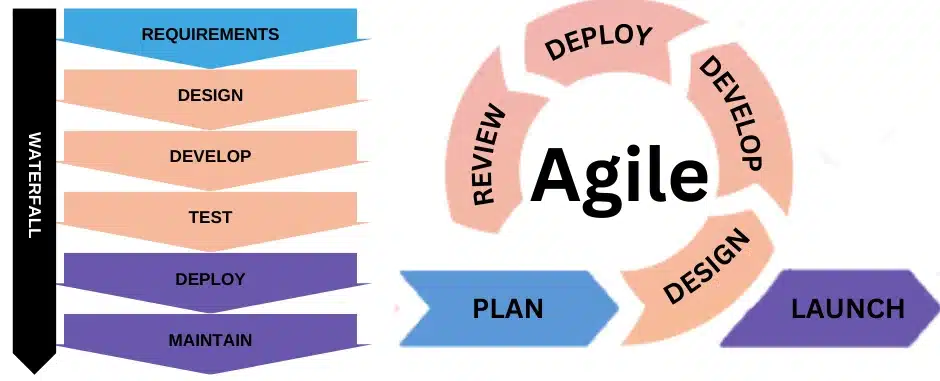Project management is the discipline of planning, organizing, controlling, and directing the activities of a project. It is the process of ensuring that a project is completed on time and within budget. Project managers are responsible for ensuring that their project runs smoothly, that deadlines are met, and that the project is a success. They are often the first point of contact for their project team, and they are the ones who answer questions, resolve problems, and keep the project on track.
The primary purpose of project management is to ensure that a project meets its goals and deliverables. It involves planning, organizing, directing, and controlling the activities of a project team so that it meets its deadlines and objectives. It also involves managing the project budget, schedule, and other resources to ensure that it is completed on time, within budget, and in the best possible manner. while keeping a project team focused and productive.
Whether managing a single project or an entire organization’s portfolio of projects, the skills and knowledge required to be a successful project manager are the same. education and experience are the primary factors that determine a candidate’s ability to perform as a project manager, but there are several different methodologies or styles of project management.
Styles of Project Management
The two most common styles of project management are waterfall and Agile, with the latter being the lean approach to managing projects.
Each style of project management has its advantages and benefits. Which style of project management is best for you, is up to you or your team to decide but will usually be determined by the project itself but can also be based on the preferred PM style used within the organisation or by the existing management team.
Waterfall Project Management
One of the most common styles is the waterfall project management style, also known as the Gantt chart project management style. The waterfall style is a simple, linear approach to project management. It is a traditional approach that is focused on the activities of the project rather than the decisions of the project manager, which can result in a lot of paperwork and a lack of flexibility.
A waterfall approach is a linear approach to project management. It is a series of steps or stages that a project must go through to be successful. The waterfall approach is most useful for projects or parts of projects that have a lot of dependencies, for example, if you are building a house you must build the foundations before the walls can be built, there is very little flexibility around these tasks and hence they naturally lend themselves to the waterfall style of project management.
Waterfall project management styles such as PRINCE2 tend to have a large team led by one project manager, and in the example of software-based projects the work will flow from the business or users, via the project management to the business analysts and on to the development team where the solution is developed based on a timeline and budget and once completed, tested and approved will be delivered and the project closed off.
Some Waterfall projects can consist of several phases, with the first phase often delivering the initial requirements and as scope changes occur if these cannot fit into the existing plan they may be grouped to form future phases of the project for later delivery.
AGILE Project Management
Agile software development is a newer, more flexible approach to project management. In an agile project, the project manager focuses more on the deliverables and their value rather than the activities, and the project is more focused on flowing in the direction of the needs of the customer rather than following a strict set of rules. Agile project management is good for complex, innovative projects that require a lot of flexibility.
The most common agile project management style is agile backlog prioritisation, also known as Scrum. Often the role of the traditional project manager is replaced by a combination of a Scrum Master offering guidance to the team and a Product Owner who helps to manage, prioritise and break down large tasks into smaller ones based on the value to the end-user or business. This ensures that continuous delivery of high-value items flows from the self-managing development team back to the business, often making a development team cost-neutral to a business in this way.
The agile style of project management is also good for projects where the priorities and direction of the project can change frequently and lends itself particularly well to software development for this reason.
Due to the agile nature of this method of project management, complex projects can be broken down into many smaller parts, and indeed across many different agile or Scrum teams, each delivering value regularly to the business, and remaining flexible to the changing needs of the business, which can make a business more adaptable to changing environments also.
Looking for a Project Manager?
If you are looking for a project manager to run a project for your business contact Wiser IT today on 07941 783434 or fill in the contact form.

